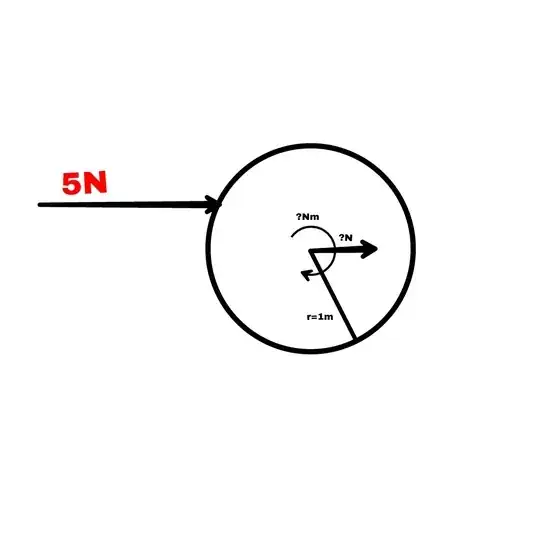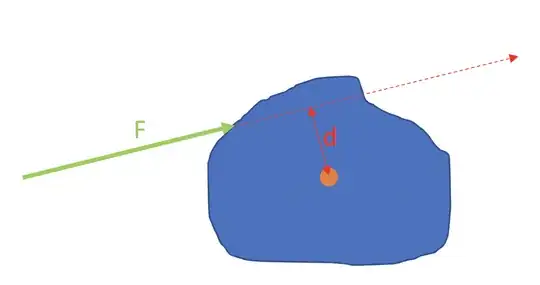I don't know what the problem is called formally (that's why I didn't find it by searching) and I am happy to be informed of another thread which is answered.
When a force is exerted on an object not tangential to its centre of mass, the force will result in linear motion and rotational motion (assuming we speak of an object not moving before..)
Now I wonder how to calculate the amount of torque and linear force.

Example: An impulse of 5N is excerted at 310° (Clockwise) to a circle of radius 1m.
